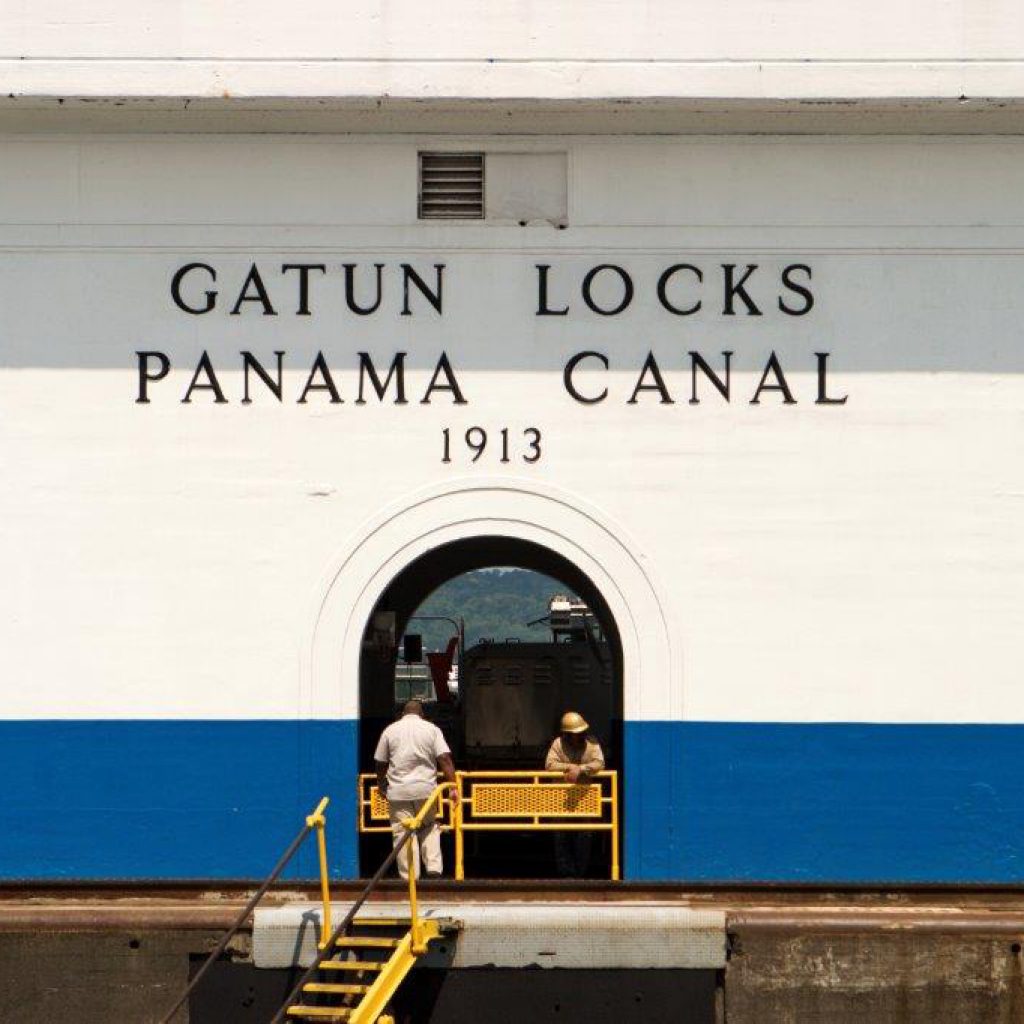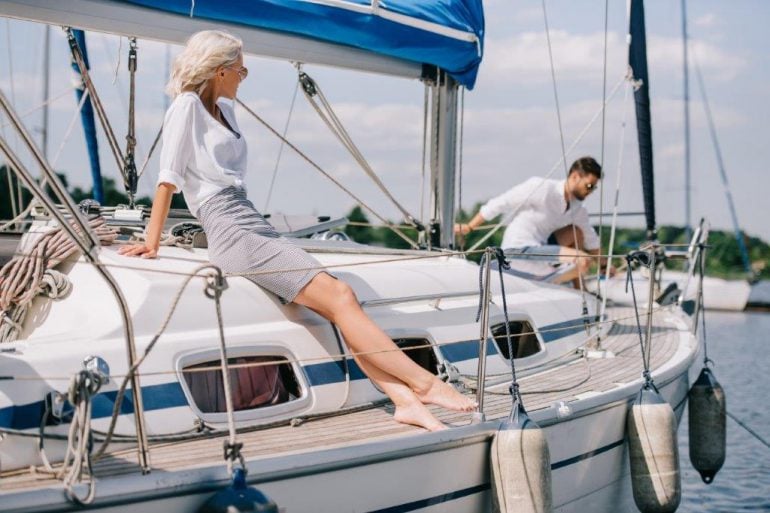What You Need to Know About Sailing Around the World
Born in 1480, Ferdinand Magellan underwent a journey between 1519 and 1522 to open a spice route between Spain and the Spice Islands. Although he was killed in a battle in the Philippines during this voyage, Magellan’s expedition party became the first to successfully circumnavigate the globe. Sailing around the world has a rich tradition. The first person to do so single-handed was Joshua Slocum in 1898 in his sloop oyster boat, Spray. In 3 years, Slocum traveled over 46,000 miles, beginning in Boston and ending in Rhode Island. In contemporary times, sailing around the world has become more common. The speed records for single-handed as well as crew-based circumnavigation are coveted titles. The former of these is held by Francis Joyon, who sailed around the world in 57 days in 2008, and the latter is held by the crew of Franck Cammas, whose circumnavigation took a mere 48 days in 2010. Moreover, commercial cruises around the world are available to the public at a more leisurely pace.
What is Considered Circumnavigation?
Circumnavigation has been defined variously. At first, crossing each meridian was considered circumnavigation, but most people now agree this definition is not enough. This is because under it, one could technically walk completely around either the north or south pole and be said to have traveled around the world. A more widely accepted definition of circumnavigation is a journey that begins and ends in the same location, and in which one crosses two points antipodal to each other. Or in other words, for an attempt at sailing around the world to be considered legitimate, it must end in the same place it started. It also must travel at least to the location that is on the complete opposite side of the world from the starting point.
The Importance of the Trade Winds
The trade winds are the predominant wind patterns on the earth’s surface in the lower atmosphere near the equator. Although their importance for sailing was discovered by the Portuguese in the 15th century, their full pattern was unknown until 1565, during which time Andres de Urdaneta attempted to find a better route from Spain to the Philippines.
Ship captains attempt to plan their route in terms of the wind patterns they predict. Altogether, this makes traveling by ship much more efficient, because utilizing knowledge of the ways in which the wind tends to blow provides for much greater sailing speed. The routes normally taken in sailing around the world are no exception. In general, the trade winds blow in the Northern Hemisphere from the northeast and in the Southern Hemisphere from the southeast. They blow harder during winter and during the warm phase of Arctic oscillation.
The Panama and Suez Canals

Completed in 1914, the Panama Canal constituted a permanent change in the way in which the globe is circumnavigated. Still one of the greatest engineering feats in history, the construction of the Panama Canal allowed for passage between the Atlantic and Pacific oceans without passing through the treacherous Strait of Magellan, or taking the lengthy voyage around Cape Horn. By using it, ships could travel over 7,000 less than by sailing around the Southern tip of South America.
Moreover, completed in 1869, the Suez Canal, too, made sailing around the world a much easier to accomplish task. By connecting the Red Sea and the Mediterranean Sea through an artificial waterway, the Suez canal provides for nautical transportation between Asia and Africa without traveling around Africa.
Types of Ships Used for Sailing Around the World
There are a variety of types of ships that are able to accomplish the task of sailing around the world. The first ships to successfully complete the voyage were large wooden sailing ships. These could travel approximately 100 miles per day in good wind, however, sanitation conditions were poor, and the crew commonly contracted ailments such as scurvy. These ships needed constant repair and maintenance, and were dangerous for passengers, sinking in high proportion compared with their modern equivalents.
In modern times, the types of ships normally used for sailing around the world are yachts. Subsequent to the invention of steamboats and powerboats, which revolutionized the commercial transportation of goods by waterways, sailboats became associated predominantly with leisure and luxury. It is during this period that sailboats became known as yachts. Originally, yacht was a Dutch word that referred to fast and light sailboats used by the navy to chase pirates and other criminals. During the 17th century, yachts were used primarily to transport important persons, after Charles II chose one as his vessel of choice.
Now, yacht can refer to both sailboats and powerboats. The general principle is that yachts are boats used for luxury, not commercial enterprise. Yachts usually range between 8 and 30 meters long, although larger ‘mega’ and ‘super’ yachts can extend more than 60 meters. The most common material out of which yachts are build is fiberglass. Other commonly used materials include carbon fiber, steel and aluminum.
Not all yachts are used for circumnavigation. The ones that are have a number of characteristic features. One of these is light hulls. A light hull reduces the surface area exposed to water, thereby reducing drag and increasing speed and efficiency. In general, performance yachts such as these can attain speeds over 35 knots. They are wholly without excess luxury, and provide for only the crew’s basic needs in order to achieve the greatest possible speeds. Although yachts that are used for circumnavigation are primary propelled by wind power, most have a hybrid propulsion system for low wind situations and some treacherous conditions.
Furthermore, commercial cruise ships commonly circumnavigate the globe. These cruises are available to anyone who is willing to pay for a ticket. The ships used are massive. They move slowly, but provide passengers with luxurious accommodations and guaranteed safe passage. Since the invention of jet propulsion systems that caused the proliferated of domestic and international air travel, sea voyages for transportation purposes have all but vanished. They have been replaced by luxury sea travel, in which the end point is often the same as the start. Commercial cruises make sailing around the world available to the masses.
How to Book a Passage to Circumnavigate the Globe

If one of your dreams is to sail all the way around the world, like Magellan once did, your best bet is to book a voyage upon a commercial cruise vessel. Unless you are a highly experienced sail boat operator and own, or have access to, a high performance racing yacht, a cruise ship is your only feasible and safe option. These cruises start at approximately $2,000, but can range upwards of $20,000. While these prices may seem steep, remember that on a cruise ship, you are provided with luxuries accommodations for upwards of 100 days.
Moreover, circumnavigating the globe through commercial cruise ship is a markedly more pleasant experience than Magellan had. Instead of the meager rations of bread, salted meat and beer that Magellan and his crew consumed, cruise ship passengers are provided with a variety of fine dining options, usually including but not limited to, American Contemporary, Asian and regional cuisines. While Magellan’s expedition was subject to a variety of maladies, including infection, disease, ship malfunction and battles, the risks aboard a cruise vessel are at worst negligible. There have been a few cases of infectious diseases spreading aboard these ships, but for the most part, commercial cruises are conducted without a hitch.
If you are considering booking a circumnavigational cruise, remember you need to set aside at least 100 days. Finding this much free time is a difficult task, which is why many people choose to wait until retirement to pursue their sailing passions. It is always a good idea to book in advance. The closer it gets to the date of departure, the most tickets will cost. It is usually a good idea to start looking at least a year in advance, and wait for a sale or special offer to actually buy your ticket. People who vigilantly watch ticket prices tend to get the best deals.
The dream of sailing around the world has been alive since medieval Europe. Accomplished for the first time by Magellan’s crew in 1522, circumnavigation of the globe has since become commonplace. Such voyages are considered legitimate if they have the same start and end point and go through this point’s antipodal. Circumnavigation has been made available to the public through commercial cruises. Anyone with enough time and money can accomplish what once could only be conceived of. Booking a cruise aboard one of these vessels is easy, but it is a good idea to start planning well in advance.
- July 19, 2021 - July 19, 2021
- October 19, 2019 - October 19, 2019
- October 18, 2019 - October 18, 2019

